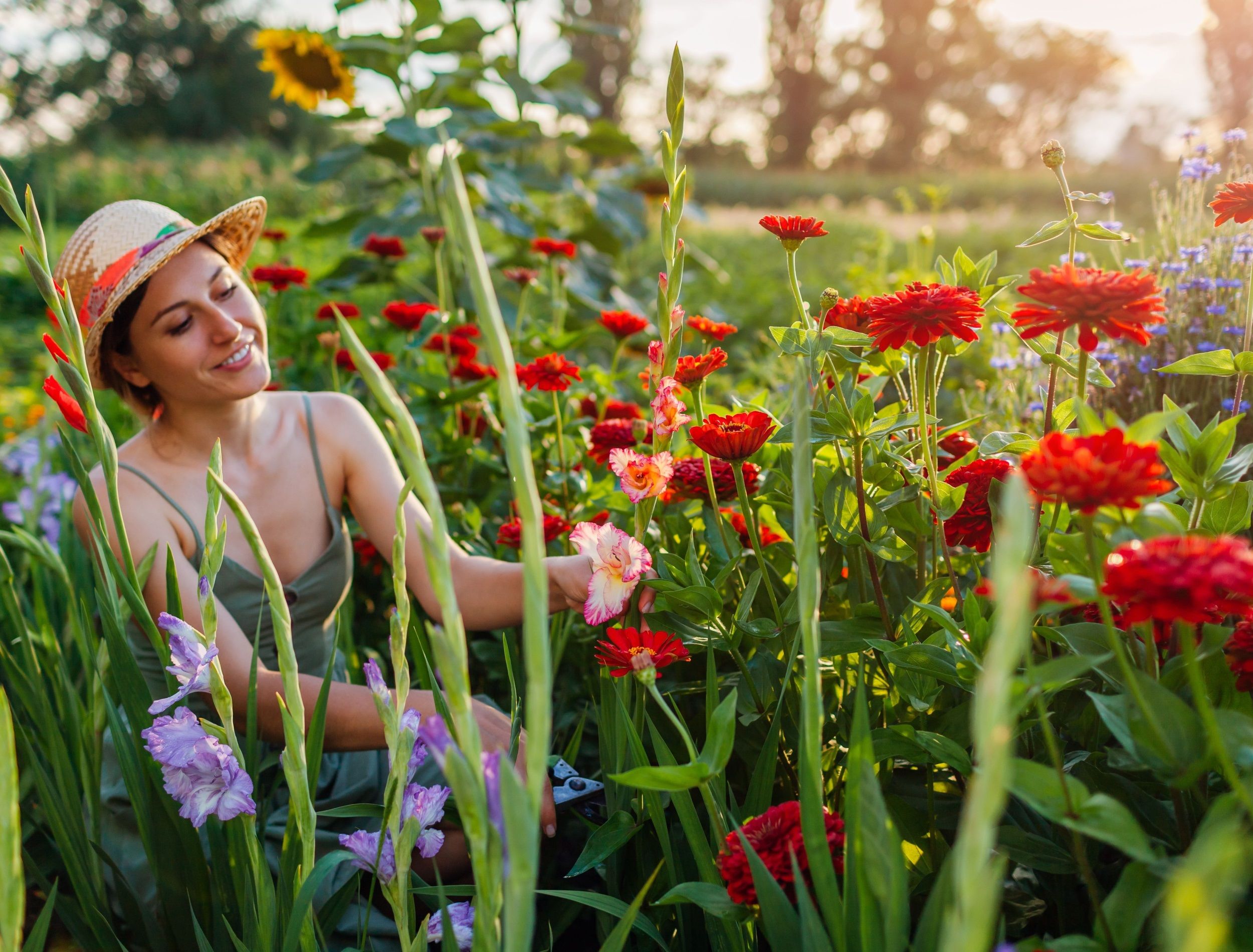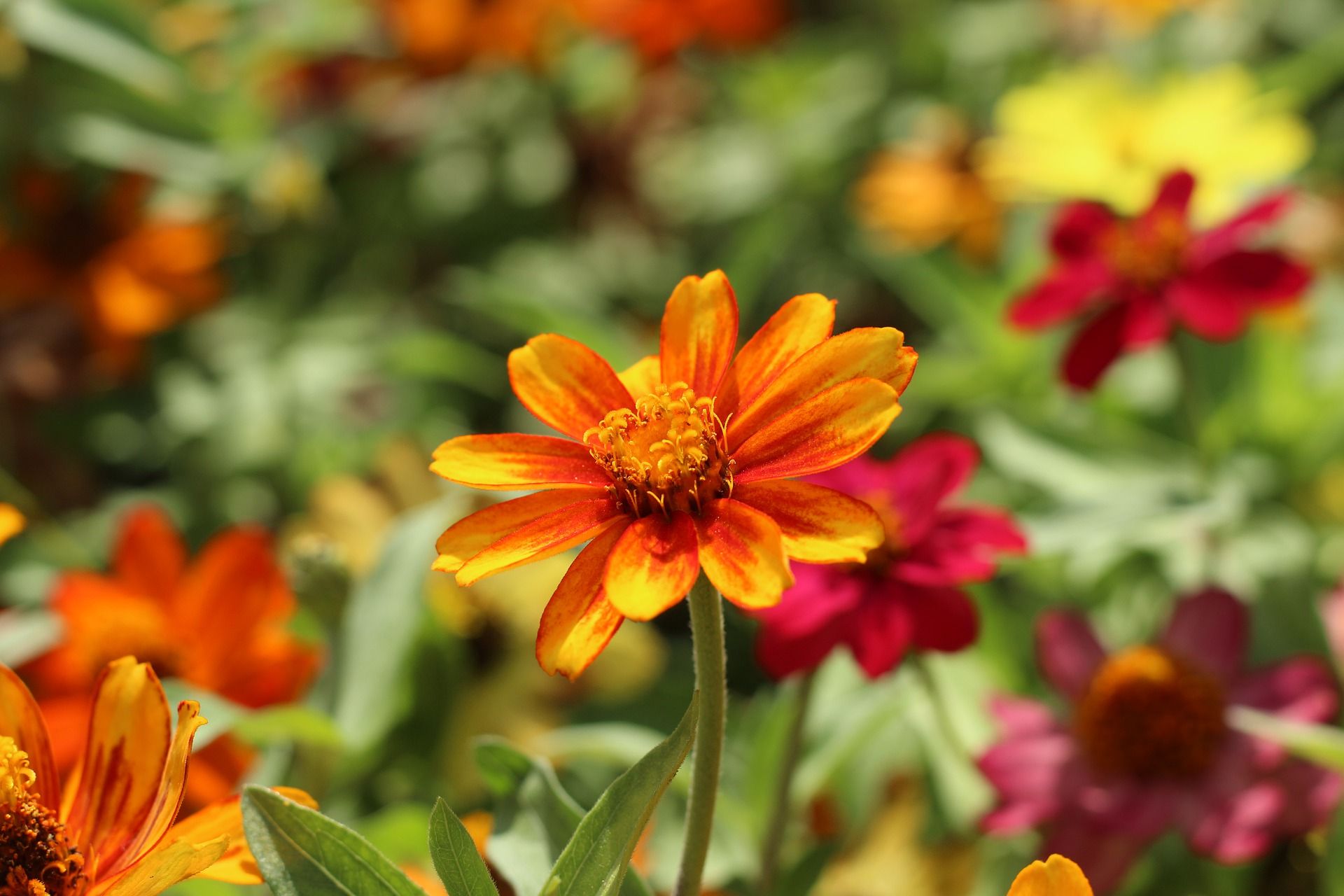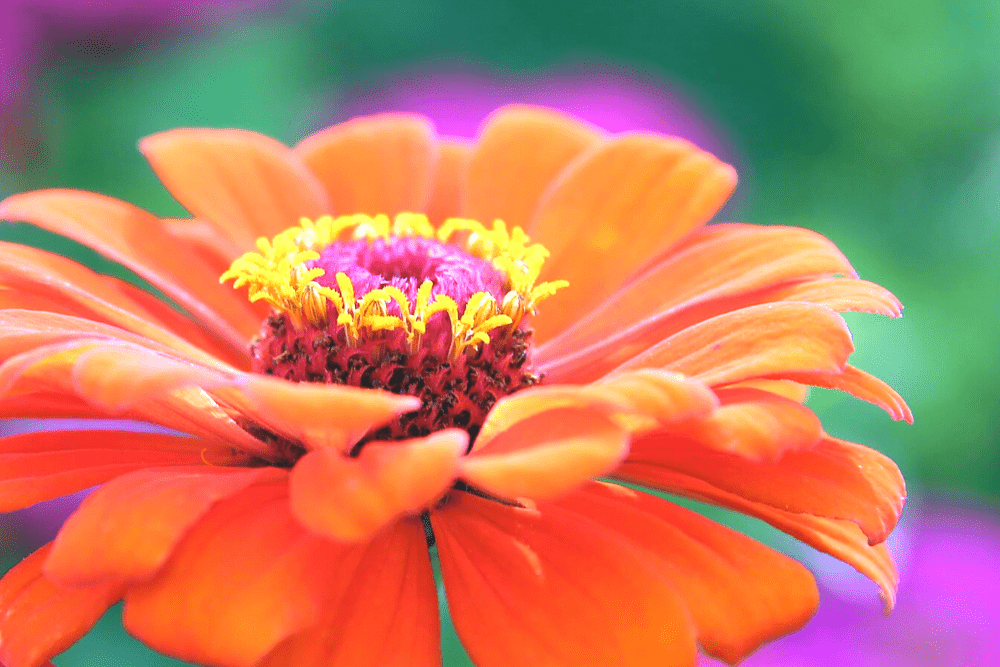Zinnias are some of the most vibrant and versatile flowers in a garden. With bright colors and abundant blooms, they add a cheerful touch to any landscape. Whether you're looking for something to fill out your flower bed or container garden, zinnias can do the trick!
But it's important to learn how to grow and care for them if you want your plants to look their best. Read on to find out more about housing these energetic flowers!
How To Grow Zinnias
Image credits: artoxana via Pixabay
Pick Your Plant Date
Sow your zinnias outside in early spring after the last frost date in your area. Zinnias germinate fast (3 to 5 days) if kept warm, between 80 to 85 degrees Fahrenheit during the day and 60 to 65 degrees Fahrenheit at night.
You can also get an earlier bloom by growing seedlings indoors, then transplanting them outdoors when temperatures reach 80 to 85 degrees Fahrenheit. Just be mindful that they can be sensitive to transplanting, so it's best to plant on cloudy days when the sun isn't too strong.
Sunlight
To ensure healthy plants and the most gorgeous blooms, provide them in full sun! Plant zinnias in an area of your garden where they can receive at least six to eight hours of direct sunlight per day.
Watering
Although zinnias are drought-resistant, they still need regular watering. Once every two or three days should be enough, but do not overwater them. Too much moisture can cause root rot and other diseases. If you notice any wilting or drooping foliage, give them an extra drink, and check if the soil isn't soggy.
Soil
They also prefer soil with a neutral pH (5.5 and 7.5) and good drainage, so test your soil before planting if necessary. If there’s no room for zinnia in your garden, these flowers can flourish in a sunny window box or planter as long as your containers have adequate drainage.
How to Care for Your Zinnias
Image credit: Hermann via Pixabay
Fertilizing
Your zinnias need some extra nutrients from time to time if you want them to stay healthy and bloom. Use a balanced fertilizer (10-10-10) to keep your plants looking their best. You can also add compost around the base of each plant, which will help feed them and improve soil quality.
Dealing with Pests and Diseases
Zinnias are generally resistant to pests, diseases, and deer. However, keep an eye out for spider mites, mealybugs, and caterpillars. These can all do damage to your plants. If you spot any of these insects on your plants’ leaves, treat them with an appropriate insecticide and remove affected foliage as soon as possible.
To prevent fungal diseases like powdery mildew, bacterial wilt, bacterial and fungal spots, and Zinnia blight, ensure your plants are getting plenty of air circulation and not being overwatered. If the problem persists, treat your zinnias with a fungicide.
Deadheading
Deadheading is the process of removing spent blooms from your zinnia plants. It encourages more flowers to grow in their place, keeping your plants full and vibrant throughout the growing season. Deadhead regularly by cutting off flowering stems at the base of each bloom. Use sharp scissors or pruners for a neat cut. It will help keep any disease from spreading further up the plant.
Pruning
Pruning your zinnias is the best way to get bushy plants that stand up to even the strongest winds. Cutting back your plants will also encourage fresh growth and help keep your zinnias looking their best. When plants begin to flower, prune the blooms off just above the first ramification point on each stem.
Additionally, do not cut off any green leaves or buds. These are still alive and essential for photosynthesis. Instead, focus on the stems that are brown and withered, as these are no longer helping your zinnias bloom.
Finally, give your zinnias plenty of attention after pruning. They may need extra watering or mulching to help them recover and continue producing beautiful blooms!
Bright and Cheery
Zinnias are some of the easiest flowers to grow in your garden. With vivid colors and abundant flowers, they can add a splash of color to any garden and make the perfect addition to your flowerbeds. With regular watering, occasional fertilizing, and vigilance against pests and disease, you can keep your zinnias looking beautiful all season long.
Even better, their safe to have around your pets so you can garden with ease.
Make sure to share this article with your friends and family since they may want to plant zinnias too! Do you have any tips or tricks for growing and caring for these gorgeous annuals? Leave a comment below!



